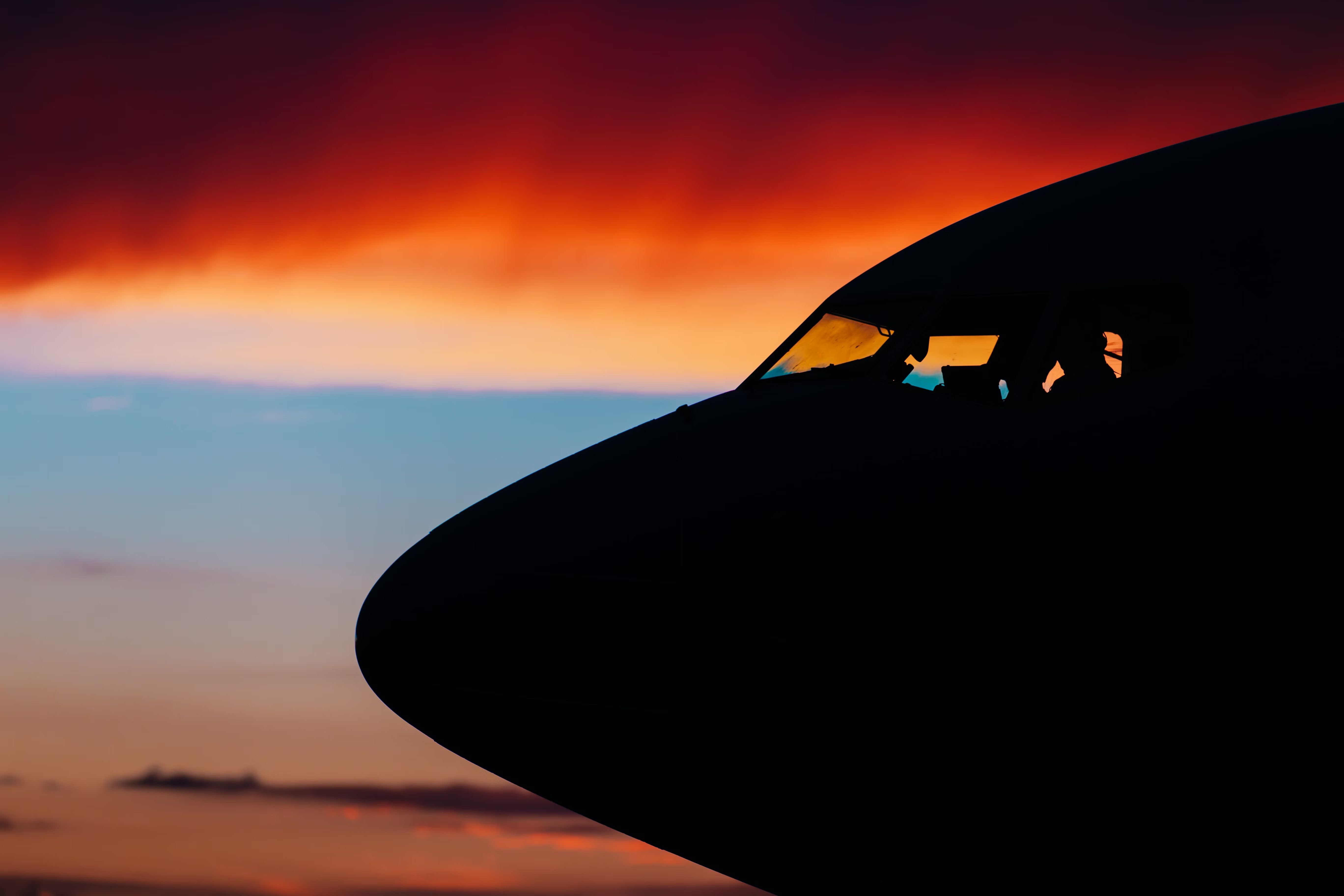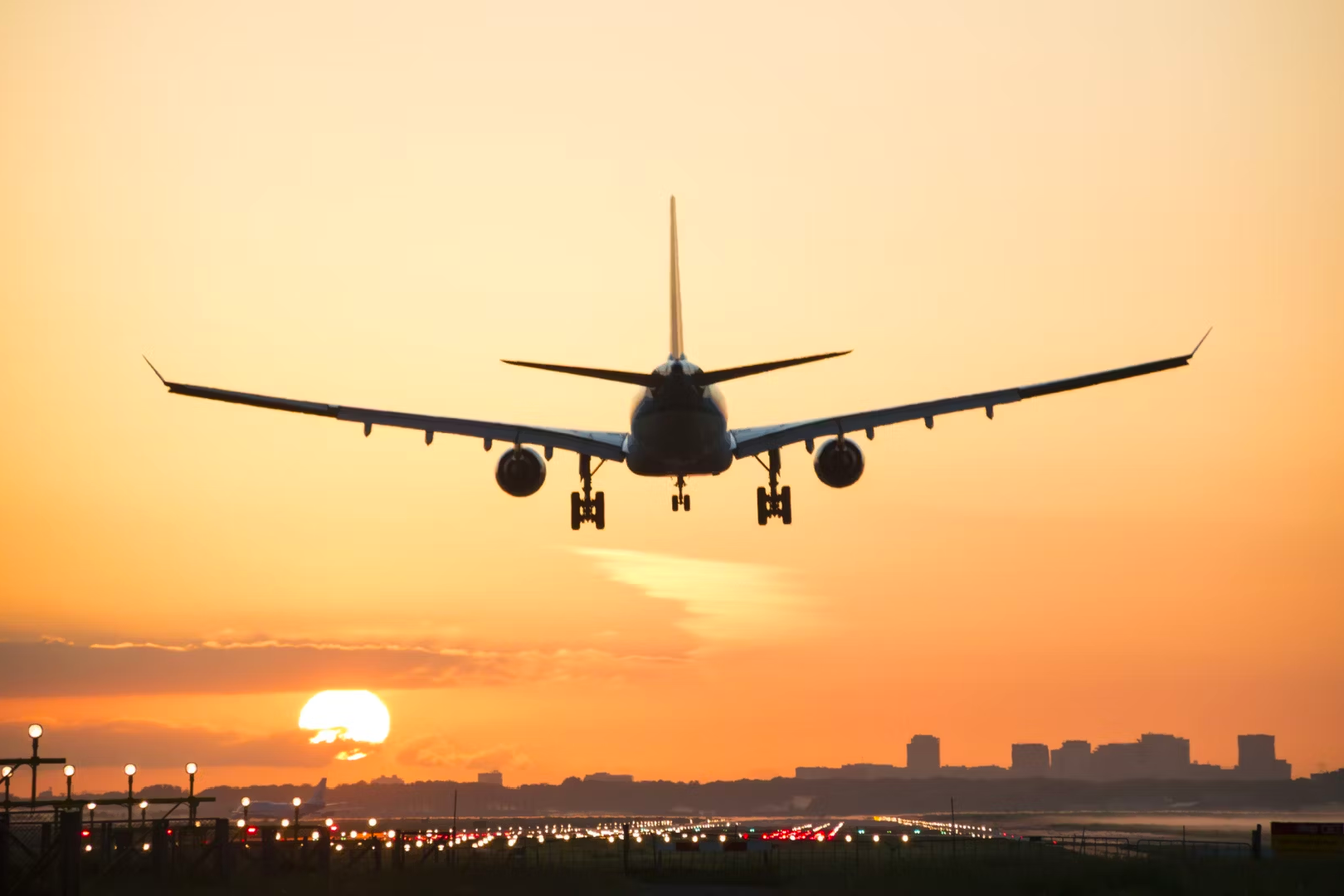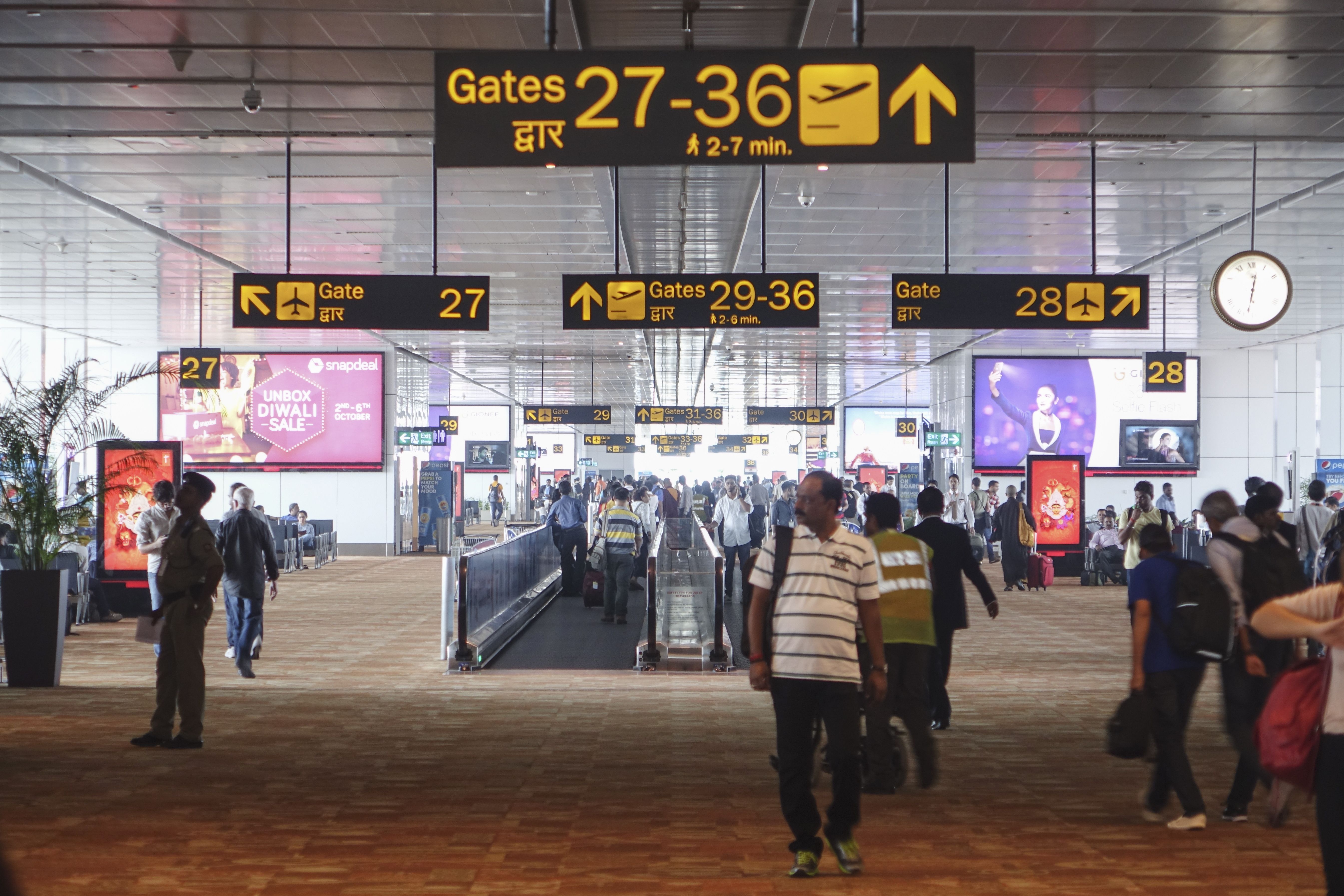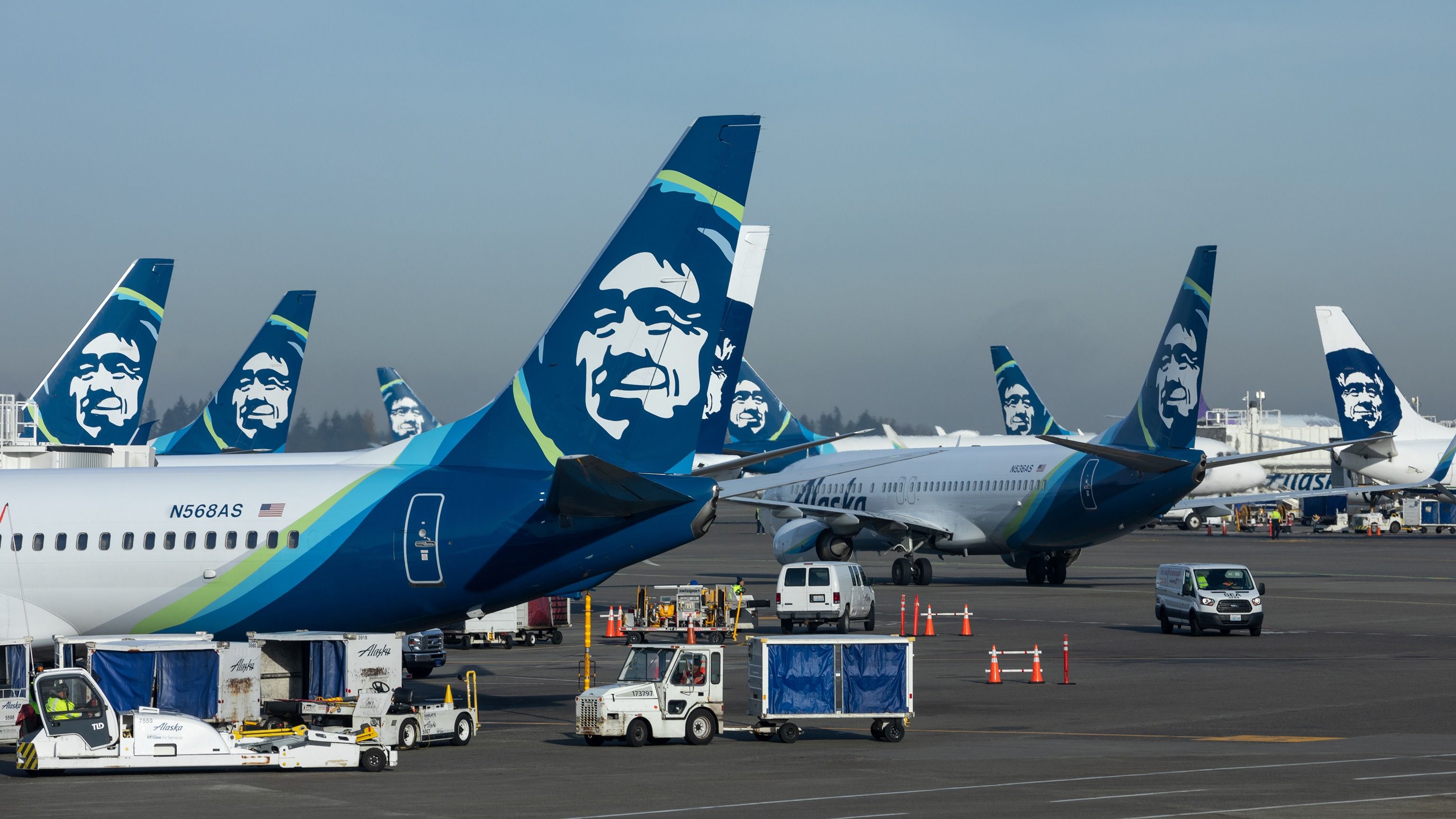How Airlines Are Revolutionizing Passenger Travel With Artificial Intelligence

Summary
- Airlines are increasingly using AI to make the passenger experience better.
- The technology is being used for a range of things, from making faster flight connections to explaining delays to travelers.
- Alaska Airlines is even using an AI tool to help travelers look for flights using a specific amount of loyalty points.
In the last year and a half, talks around artificial intelligence (AI) have intensified. There may be reasons that make this technology potentially threatening, but those who see the glass half full also argue that AI can significantly improve business efficiency. And the airline industry is one such example that deploys AI to optimize costs and also to make life easier for passengers.
Explaining delays
Airport experiences can be a hit or a miss, depending on the airline you fly, the travel season, and the airport itself. And there’s nothing more frustrating than a delayed flight for which there is no explanation.
While passengers are often told about the delays, not knowing the cause can often make the situation seemingly worse. But United Airlines is taking steps to put passengers at ease by sending them texts explaining the exact reason for the delay.
Photo: Nieuwland Photography | Shutterstock
For example, simply saying that the delay was caused by the aircraft arriving late probably wouldn’t mean much to the passengers, but consider this text sent by United Airlines earlier this year on a delayed flight from San Francisco to Tucson:
“Your inbound aircraft is arriving late due to airport runway construction in San Francisco that limited the number of arrivals and departures for all airlines earlier.”
Knowing why the flight was delayed puts passengers at ease who feel the airline is in control of the situation. However, text tailored to every situation seems like a huge workload for carriers, and that’s where AI helps. It can examine a huge amount of data to create specific messages according to the situation and keep passenger frustration in check.
Connecting flights
Airlines often have to decide whether to keep a plane from departing to accommodate connecting passengers. In such cases, there’s usually a last-minute dash, keeping the passengers and airline staff members on their toes until the situation is resolved.
Photo: Nicolas Economou | Shutterstock
But United has come up with an AI tool called Connection Saver, which examines flights for customers who are making tight connections and makes a decision if the connecting flight can be held without inconveniencing other customers. United says,
“Our Connection Saver tool lets us know you might miss your connection so we can see if we can hold your connecting flight. Use the United app to get to your next gate quickly.”
Passengers also benefit from this, as those who opt to receive notification from the carrier are guided to the gate quickly from where their connecting flight will depart.

How 1 Dutch Airport Is Using Artificial Intelligence To Improve Aircraft Handling
Eindhoven Airport has installed a system to track how far an aircraft is in the turnaround process and predict potential delays.
Reducing gate conflicts
Has it ever happened that your aircraft kept waiting on the tarmac for no apparent reason several minutes after landing? More often than not, such situations arise because the gate assigned to that particular plane is in use.
But American Airlines is using machine learning to ensure that its aircraft spend less time waiting on the tarmac and customers have more time to make their connections. The carrier calls it Smart Gating technology, which sends the arriving aircraft to the nearest available gate with the shortest taxiing time if the gate initially assigned to it is occupied.
Photo: Markus Mainka | Shutterstock
It’s a win-win situation for both the airline and the passengers, as American estimates that it saves around 17 hours a day in taxi time and close to 1.4 million gallons of jet fuel a year by using this tech. For passengers, this means spending less time inside the aircraft. American uses this at a bunch of airports, including in Dallas and Chicago.
Loyalty points
Alaska Airlines is currently testing an AI-powered flight search tool that suggests destinations to users based on their interests, such as adventure parks or even a wine-tasting experience. What’s even more interesting is that it lets users search for flights that can be redeemed from a specific amount of loyalty points.
Photo: VDB Photos | Shutterstock
A Skift report quotes Natalie Bowman, managing director of product and digital experiences for Alaska Airlines, as saying,
“A travel experience that focuses more on your end-to-end travel journey is where we want to go. For us, it’s really putting our loyalty program at the core of it because we have so many partners where you can earn miles or redeem miles. We think AI could be a huge enabler of a really cool experience there.”

AI: How Carriers Are Using Artificial Intelligence To Optimize Cost Reductions & Operational Efficiencies
Both customers and investors are set to reap the benefits of increasing generative AI use.
These are only some of the many ways the airline industry uses AI to its advantage. What other uses of this technology have you noticed in your recent travels? Please comment below.






